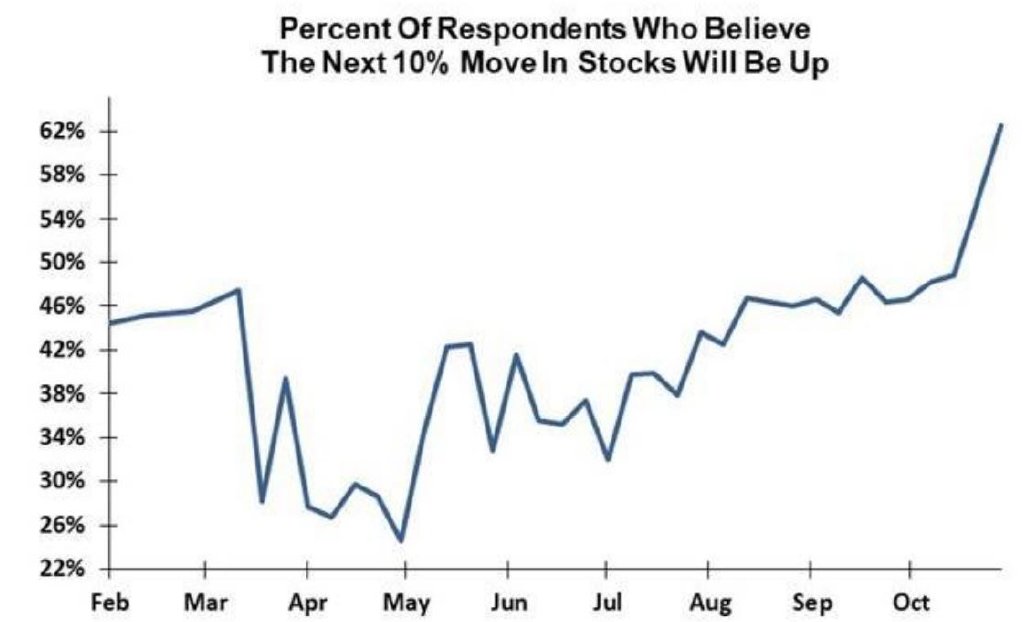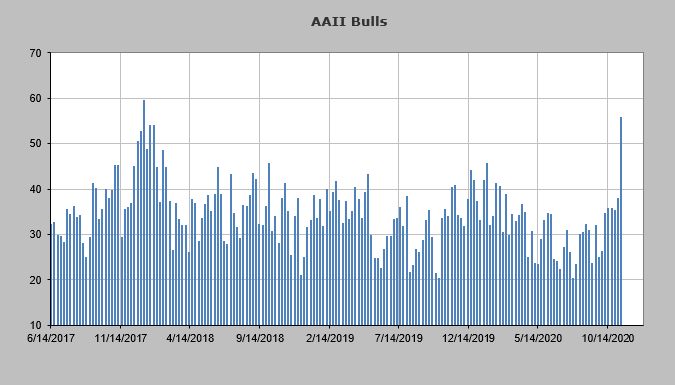This is a post we have hesitated to do for sometime, but given the many questions that have popped up over the last 2-3 years regarding speculative investments (electric vehicle component manufacturers, cryptocurrencies, NFTs, etc), we thought it would be nice to put down our official positions as something to look back on later.
As with most new things, people want to know one thing: “Why?” People are fascinated with new investment ideas, specifically the potential to get in on the ground floor. This inevitably leads to people doing their own research in a search for “why”? Why is this happening? Why don’t I own any? Why does it keep going up?
My favorite retort to these questions was something I read from a former NYSE floor trader, Mike Epstein. He said, “the search for ‘why’, whether right or wrong can just as easily lead you to irrelevancies, or worse yet, to valid data that will not impact the market. The best analog is arguing with your wife. Being right is often totally valueless if not counterproductive.” In my opinion, the search for “why” is a fruitless endeavor, but I understand people’s need to search for meaning.
So let’s turn to bitcoin. Bitcoin was born out of the global financial crisis. Satoshi Nakamoto (his/her real identity is still unknown) wanted an alternative to the banking system. The thesis was fairly simple. Why do we need to use a bank for every simple transaction, increasing costs to use our own money? When we go to the grocery store, why do I need to give them a card that debits my account and credits the store? Can’t we just cut out the middle man? While these initial ideas of dis-intermediation have sowed the seeds for the fastest growing and most cutting-edge technological firms of today (some of which we believe will have staying power), the reason we use a central banking system is simple. Trust. Both sides trust the bank to have the “official” record.
Satoshi figured out a solution to the old computer-science problem of building trust over an anonymous network. The ensuing open-source technology created a system where access is unlimited, forcing everyone on the network to agree each time a transaction occurs. As payment for making sure transactions are correct (proof of work), the “miners” are rewarded with a token (in this case bitcoin). A collection of these verified transactions (chains) is then stored in a block, and once filled, a new block in the chain begins. Guess what it’s called? That’s right, blockchain. I like to think of it as a worldwide shareable Google spreadsheet. And that’s pretty much what it is. A fantastic utility and a brilliant entrance into a potential new world.
From a technology standpoint, blockchain and the future innovations will be something we talk about for decades. It has implications to disrupt almost every centralized business model in the world. But from an investment standpoint, the blockchain is free. From its inception, it was meant to be used by everyone and to decrease friction in the financial system. So if there’s no way to profit from the blockchain (other than increasing the efficiency of current business models, hint hint), why has Bitcoin been the best performing asset of the last decade (by a WIDE margin)?
From an investment standpoint, Bitcoin feels like the “greater fool theory” on steroids. Similar to gold, Bitcoin’s intrinsic value will always remain the same (1 BTC = 1 BTC). Also similar to gold, it provides no cash flow, no balance sheet, no fundamentals whatsoever. An asset based on pure emotion, albeit with amazing supply and demand constraints to help push prices higher. (forever?)
Please don’t get me wrong. When a mania takes hold, price becomes irrelevant, at least for a while. Seeing Bitcoin at a price of $100,000 or $1,000,000 or $0 are all very real possibilities, but as investment advisors, our main goal for clients is to avoid PERMANENT loss. Ups and downs will be part of the risk you must be willing to take in order to receive the rewards, but as Warren Buffett famously said, “if you don’t feel comfortable owning something for 10 years, you shouldn’t own it for 10 minutes”. This is the way we presently feel about most speculative assets in the current climate. There’s just too much real of real loss to consider these vehicles anything other than sophisticated numbers on a roulette wheel.
But real financial advisors are guides in a changing landscape, NOT, defenders of an outdated map. And just because something has worked before, doesn’t mean it will work later. We only mention this as a way of telling you that the craziest of ideas deserve serious due diligence. Risk should always be your primary focus and ours. Something the equity markets are teaching quite clearly as it systematically clears excesses built over the past 12 months. Until Bitcoin (and many other speculative investments) show their utility, it’s doubtful we will ever recommend an allocation to cryptocurrencies for a traditional, diversified investment portfolio. It also doesn’t mean we’ll be right. But for now, we plan to stick to the bird in the hand versus two in the blockchain.
– Adam












